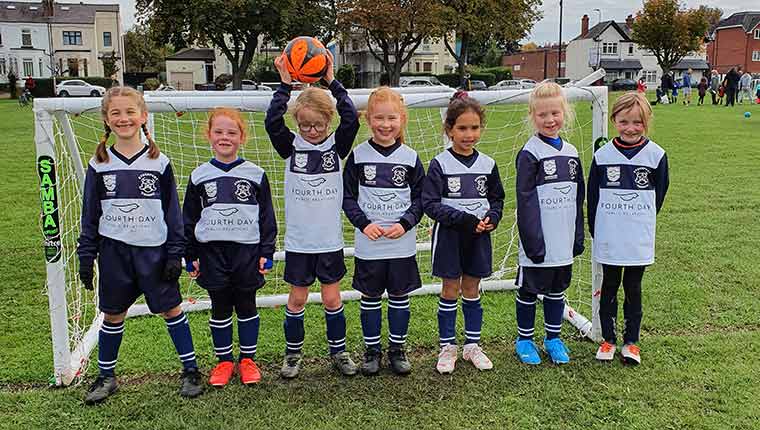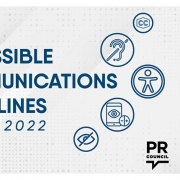Working with the c-suite successfully
This is a guest post from Martha Lane, PR trainee at Life Size Media.
Communicating with members of the C-suite is something most PR professionals will navigate at some point in their career. However, if contact with the C-suite is not something you have experience with, the prospect can seem daunting.
The following tips address common concerns surrounding communication with the Cs, whether within your own organisation or that of a client. Employing them will ensure the process is productive and enjoyable for both parties.
Having the confidence
The key to dealing with Cs is having the confidence, and this comes from knowing the value of your work. The work you are doing is vital to their company, so rather than viewing your meetings as a drain on their time, understand that they benefit both you and the company. No matter how junior you are, if you’re well-prepared you can form a productive relationship.
Ensuring successful meetings
Meetings with a C will usually be strategy-based. Make the most of their unique and experienced perspective.
Be switched on and ready to take notes at a super-fast pace. Ask if you can record the meeting if you think you may miss points or want to relisten to complex topics. Don’t be afraid to ask challenging questions to get the most valuable insight.
Your role will often involve interpreting the vision they put forward in these calls and translating it into action, for example, the creation of a content plan or PR calendar.
Since a common obstacle when contacting someone in an executive position is their lack of available time, it is important to be efficient with the time you do have together. Always go into a meeting prepared – do your research, be certain of what you are aiming to gain from the meeting beforehand and set out your agenda when you first invite them and at the beginning of the call.
Taking the time to do your research allows you to carry out your agenda in minimum time. This shows a respect for their time, which contributes to a productive working relationship for the long term.
Initiating communication
The form of communication you use is important. Though the preferred form of communication will vary between individuals and depend on what exactly you need, a call is always preferable for strategic questions, complex matters or when resolving issues. This may seem counter-intuitive as pinning down a C-level executive for a call can seem difficult given their busy schedule, but ultimately one in-depth call is much more efficient than days of back-and-forth emails.
Another advantage to calling over written communication is that you can gain a lot more information through a call – you can gauge the person you are speaking to better and identify misunderstandings before they develop.
What to do if your C is simply too busy to respond
One of the most common problems you may encounter is an unresponsive C. You may be able to anticipate times when the C-suite team is likely to be unavailable based on the state of business, so you can prepare for some disruption.
Stay ahead of the issue by constantly observing the company’s growth. The time may come when the C moves on in their role and, gaining other responsibilities, becomes less involved in day-to-day communication with you. If this happens, it is important to still keep your relationship alive. This is manageable – even if it means less regular calls and more to-the-point conversations, the quality of your communication can be maintained.
To maintain quality over quantity, plan ahead. Ask your C about their schedule well in advance, letting them know that you need to know this to ensure consistency in your comms work.
During periods when your C is not so readily available, there may be an alternative person in the company that can offer assistance when it comes to sharing information or providing approval. Minimising your C’s involvement like this allows you to utilise their limited time for points of business where their input is absolutely essential.
Finally, remember the key to communicating with the C-suite: being confident. It is at times like these, when your C is stretched thin, that it may be necessary to assert the importance of your role. Remind them that great communications are key to the success of their company and that their expertise and input is essential. Follow the advice laid out here and enjoy a productive relationship during even the most hectic times.
For managing relationships with your C-suite and stakeholders both internal and external to your organisation, check out Vuelio’s Stakeholder Management and Engagement solutions – book a demo here.
For more from Life Size Media, read this previous guest post from Martha Lane on Ensuring effective and successful communications across different cultures.




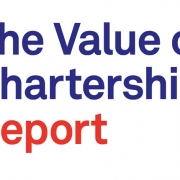

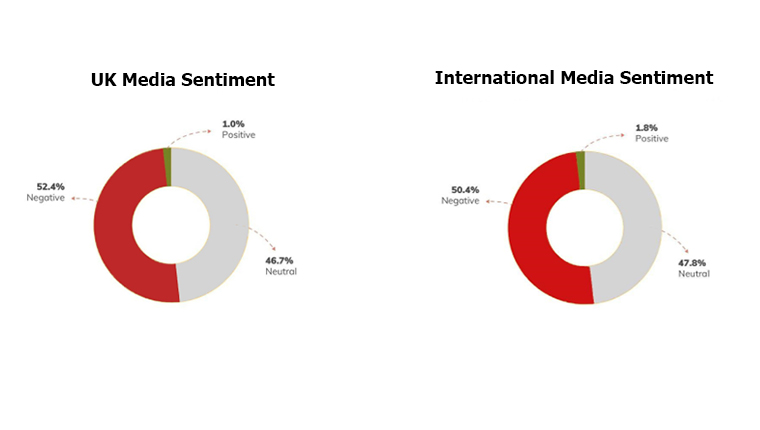
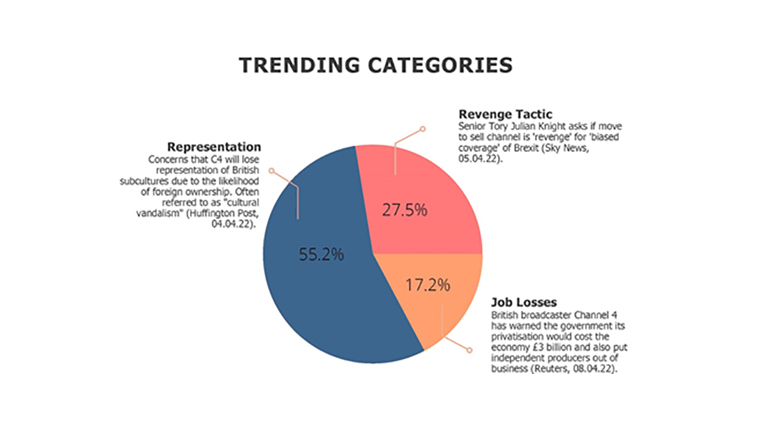
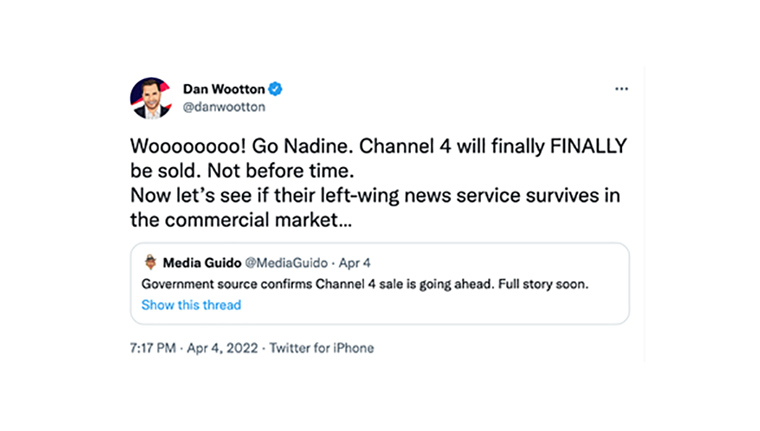











 ‘As communications professionals, we have a significant amount of influence within our businesses. With the right planning and dedication, we can use this influence to elevate women’s stories, sponsor women, and raise their profiles both internally and externally. In a former role, I did an audit of the people who represent our business in the media and found them to be just 3% women. I then looked for ways to improve things, running more media training for women, introducing new narrative arcs, and simply elevating women’s voices on social media. A year later, 30% of our media coverage had a female spokesperson. By acting as a sponsor for women, I created a much more representative view of our business from a media standpoint, and helped some of those women develop and grow in their roles. We may not be in charge of who is hired, but Communications teams can still have a huge impact on women’s careers.’
‘As communications professionals, we have a significant amount of influence within our businesses. With the right planning and dedication, we can use this influence to elevate women’s stories, sponsor women, and raise their profiles both internally and externally. In a former role, I did an audit of the people who represent our business in the media and found them to be just 3% women. I then looked for ways to improve things, running more media training for women, introducing new narrative arcs, and simply elevating women’s voices on social media. A year later, 30% of our media coverage had a female spokesperson. By acting as a sponsor for women, I created a much more representative view of our business from a media standpoint, and helped some of those women develop and grow in their roles. We may not be in charge of who is hired, but Communications teams can still have a huge impact on women’s careers.’ ‘I’ve been a storyteller for over 20 years and am always on the hunt for a good story to share. We often hear about the lack of women in the IT space, but there’s certainly not a lack of stories about us. It’s just a matter of taking a brief moment to look and listen for them.
‘I’ve been a storyteller for over 20 years and am always on the hunt for a good story to share. We often hear about the lack of women in the IT space, but there’s certainly not a lack of stories about us. It’s just a matter of taking a brief moment to look and listen for them. ‘As an industry, we must do more to restore the diversity balance through actions, in order to shift the narrative. It all starts with people, and it can’t be done in a tokenistic way.
‘As an industry, we must do more to restore the diversity balance through actions, in order to shift the narrative. It all starts with people, and it can’t be done in a tokenistic way. ‘The term ‘PR girl’ should be banished for eternity. Now in my 40s I rarely get ‘girl’ but the concept is still the same – the presumption that there is a woman who does PR and she’s at your service. This completely removes the understanding that PR and comms is a strategic role that often needs to set the strategy as well as deliver on it.’
‘The term ‘PR girl’ should be banished for eternity. Now in my 40s I rarely get ‘girl’ but the concept is still the same – the presumption that there is a woman who does PR and she’s at your service. This completely removes the understanding that PR and comms is a strategic role that often needs to set the strategy as well as deliver on it.’

